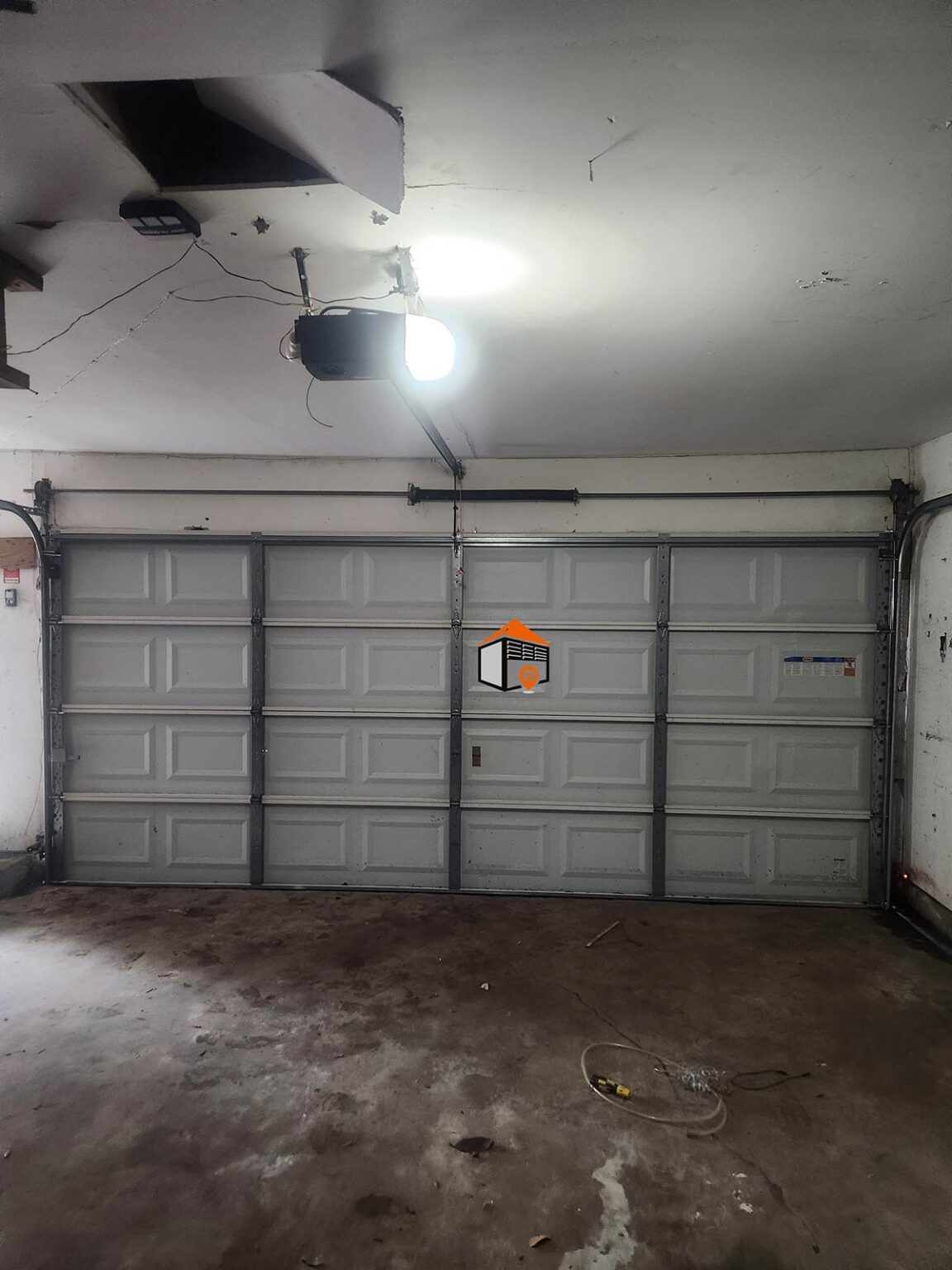Common Issues with Uneven Garage Floors
If you have an uneven floor in your garage, you are not alone. It is a common issue that can occur due to various factors. Sometimes, the difference in height can be as little as 1/8 of an inch from one side to the other, while in some cases, it can reach up to a foot, especially in homes built on hills. For driveways with severe slope differences, a custom-fit bottom section may be required, with variations reaching up to 21 inches. Other causes include faulty foundations or damage from tree roots.
Understanding High Center Problems
An uneven garage floor may manifest in two ways: either one side is significantly lower than the other, or the center of the floor is higher than both sides, a condition referred to as “high center.” While it is typically unusual for an uneven floor to directly damage a garage door, situations like earthquakes or severe foundation problems could lead to complications.
Addressing Seal Gaps
If the garage door does not sit correctly at the bottom, allowing light and water to enter, there are solutions. One effective method is installing a wider bottom rubber seal, which often helps create a better seal between the garage door and the floor. In cases where tree roots or other disruptive factors are involved, the situation may be more complex, resembling an “accordion” effect.
Repair Options for Uneven Floors
If the discrepancies in your garage floor measurements are minor, they can usually be resolved easily. Many homeowners opt for self-leveling concrete, readily available at major hardware stores like Home Depot and Lowe’s. This product can help even out the floor, ensuring a better fit for the garage door.
Professional Assessment after Natural Disasters
In cases of significant changes to the garage floor—whether due to foundation settling or a natural disaster—it’s best to consult a professional. Having an expert assess your garage door’s condition is crucial for ensuring it operates safely and effectively.
Importance of Proper Installation
When a garage door is installed correctly, the condition of your garage floor should not pose a problem for its functionality. However, the bottom rubber seal is an inexpensive component that can wear out over time. Regular inspection of this seal is essential to maintain proper garage door function and security.
Selecting the Right Bottom Seal
To check the condition of your bottom seal, fully open your garage door and inspect it. If you find damage, replacing the bottom seal is a straightforward process. For the best results, take a small piece of the old seal with you to the hardware store to ensure you find a matching replacement.
Types of Bottom Seals Available
There are generally three types of bottom seals available for garage doors. If your door is wooden, a universal type of seal is often used. Depending on the material of your garage door, you may need either a single channel or a double channel bottom seal. By cutting a small piece of the existing seal, you can more easily find a suitable replacement.
Conclusion: Functional Considerations
Regardless of the type of garage door—whether it’s a one-piece or a sectional roll-up door—a reputable garage door installer takes floor conditions into account during installation. This foresight ensures that you won’t face operational issues later, as long as regular maintenance is performed on all components.
